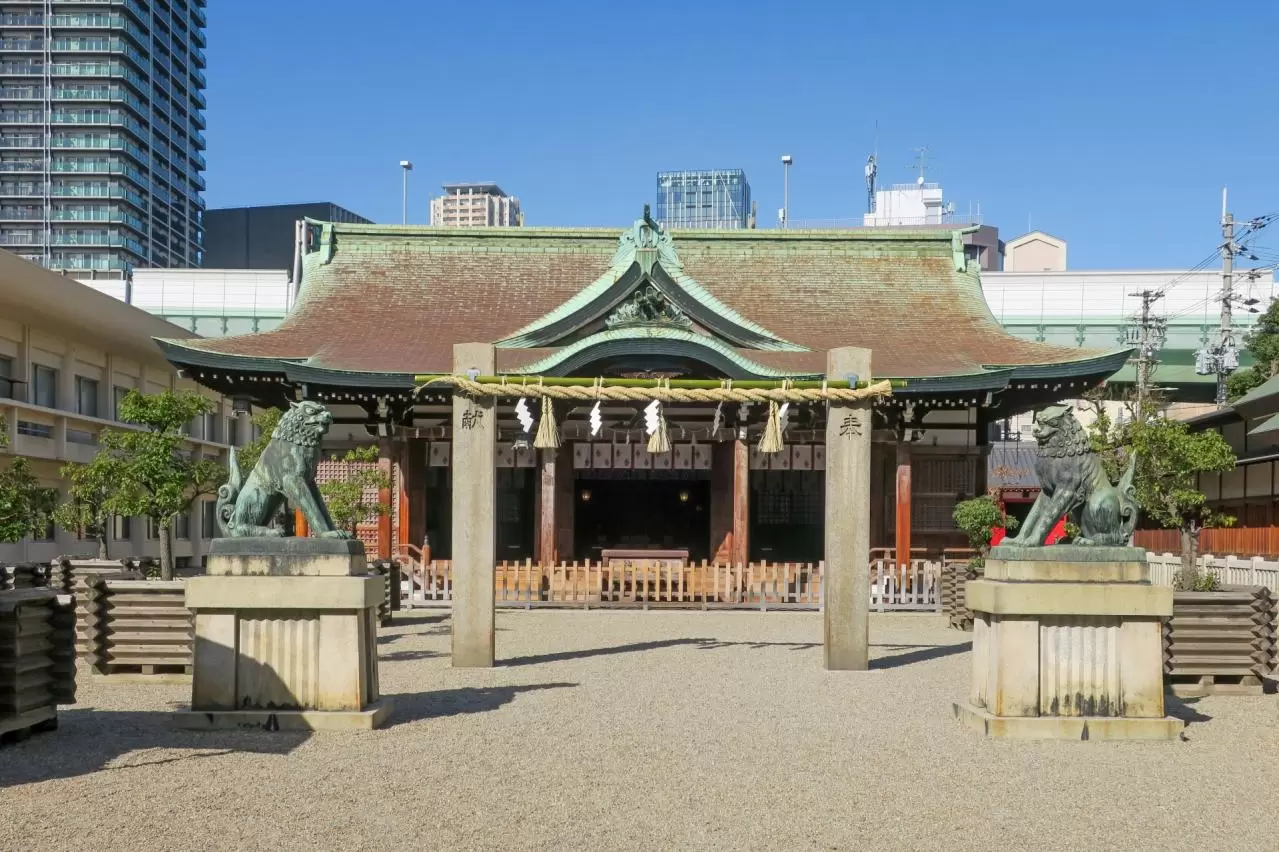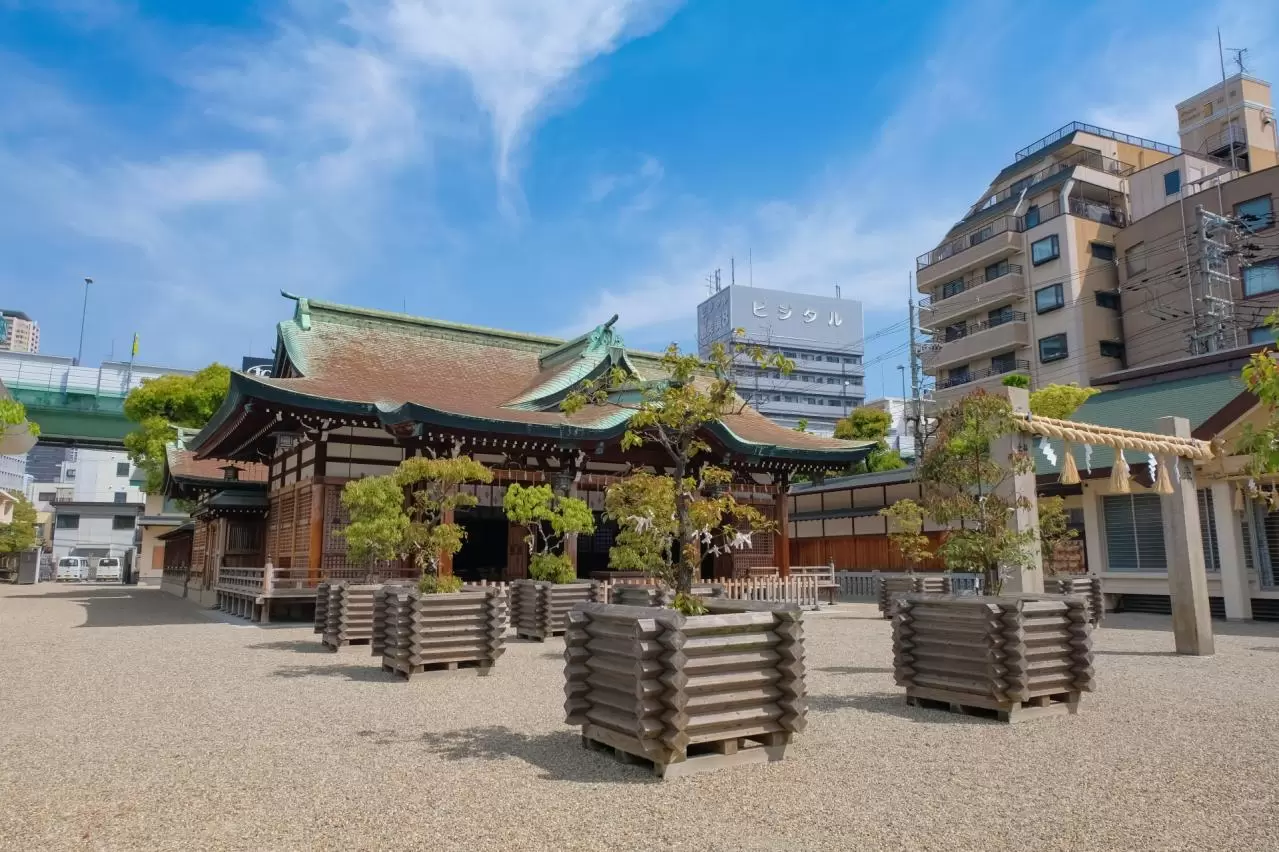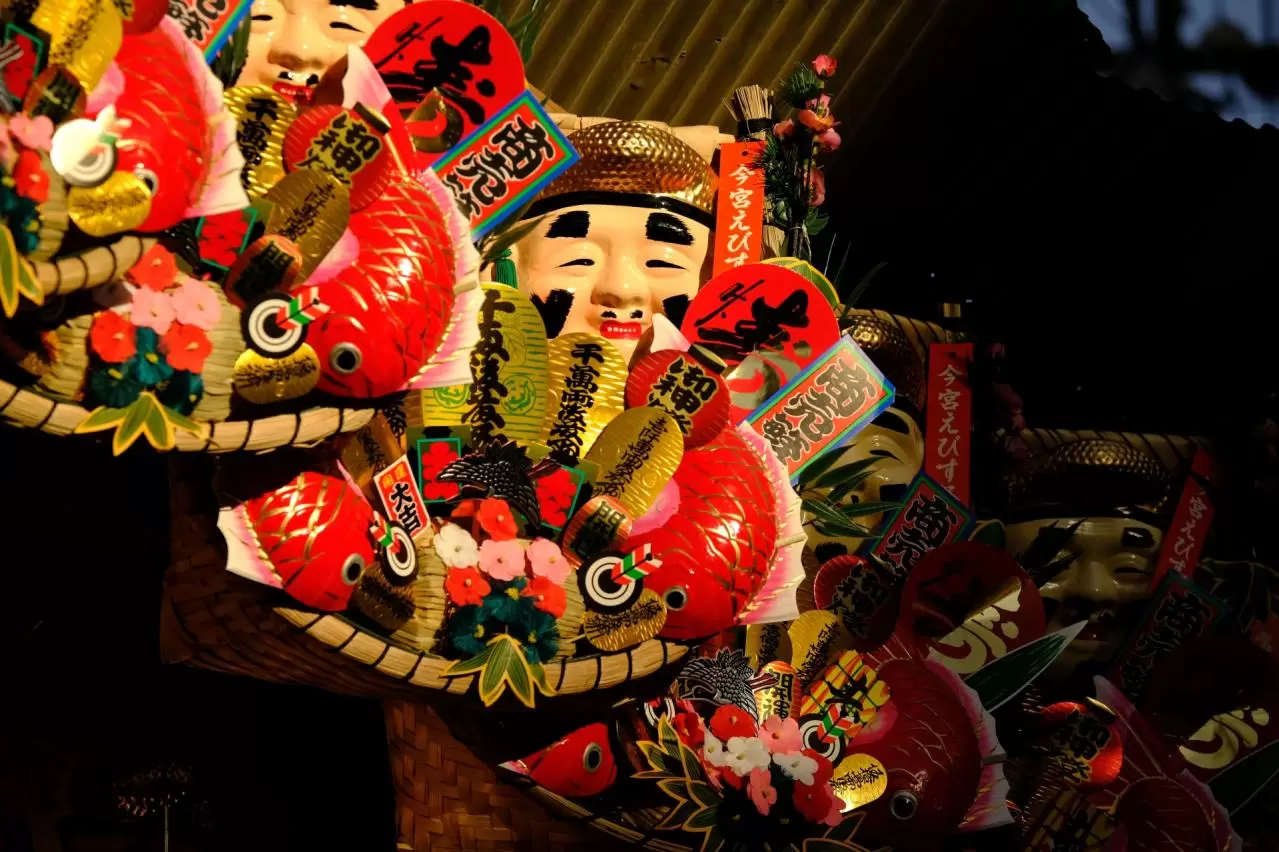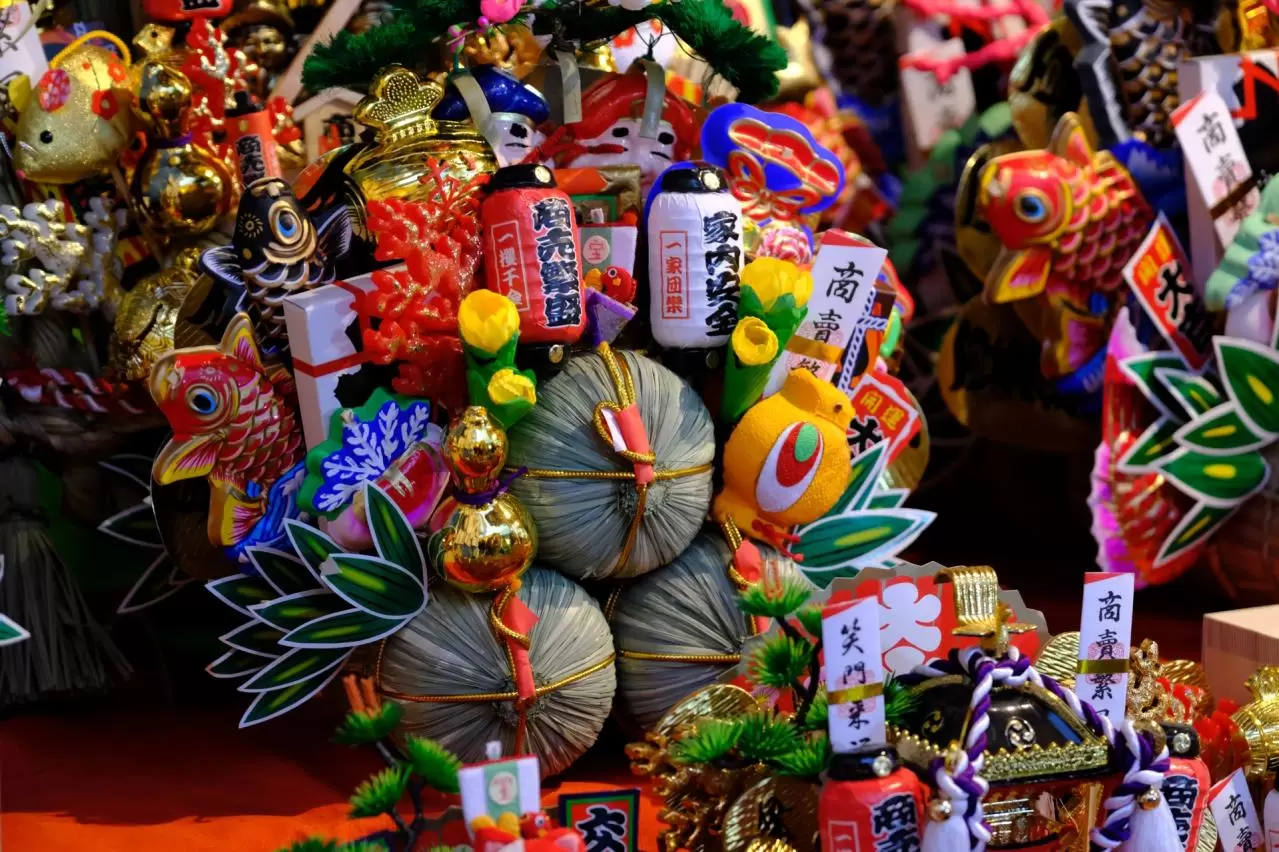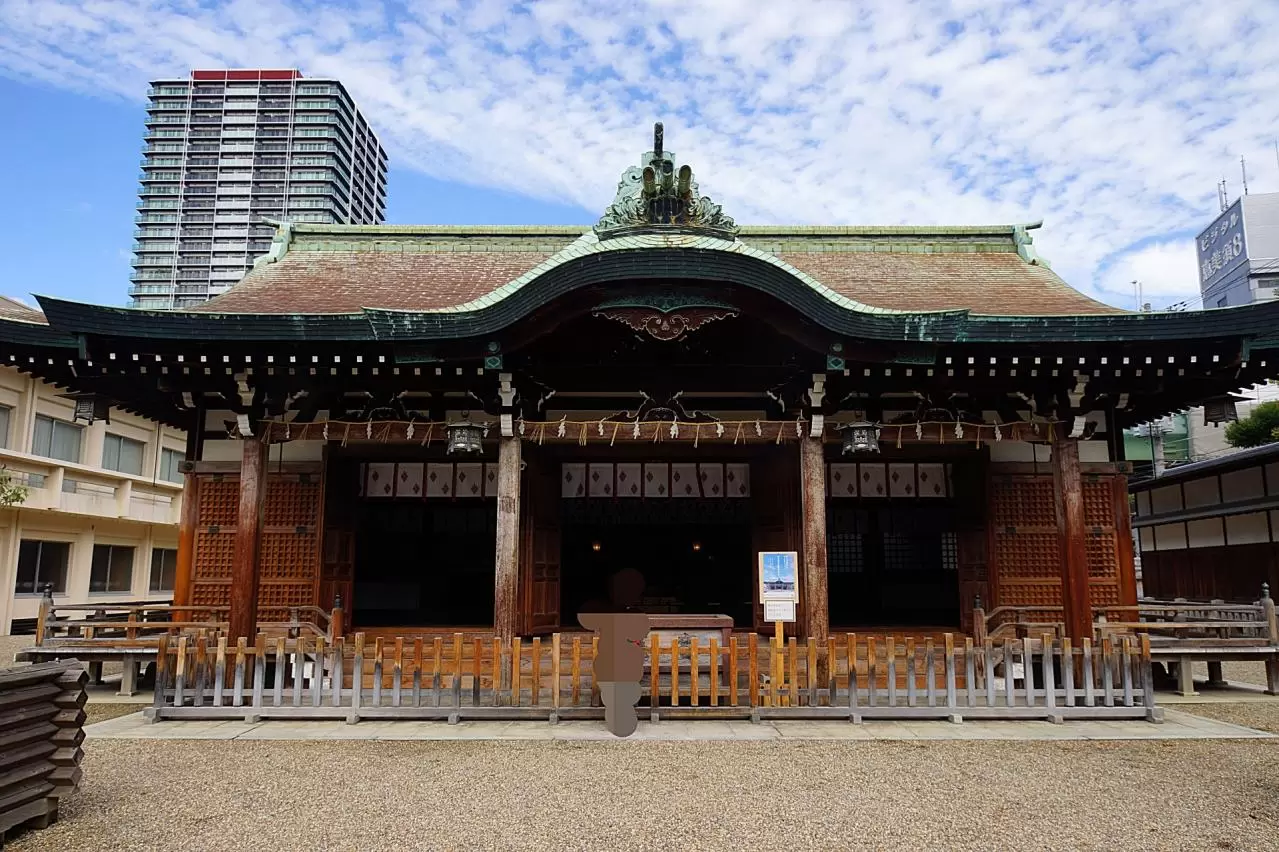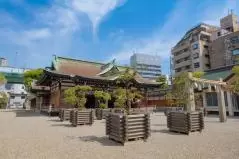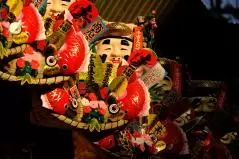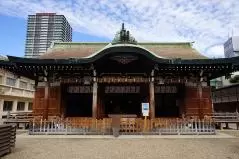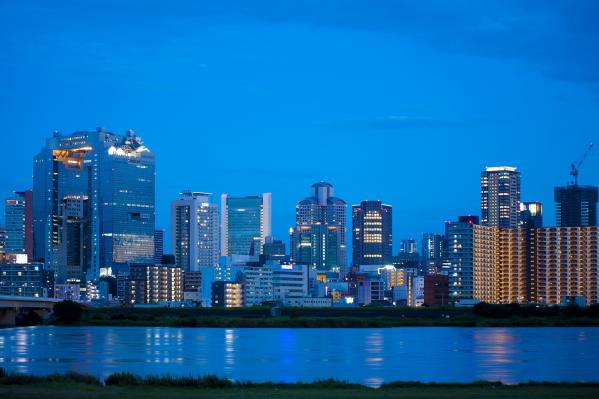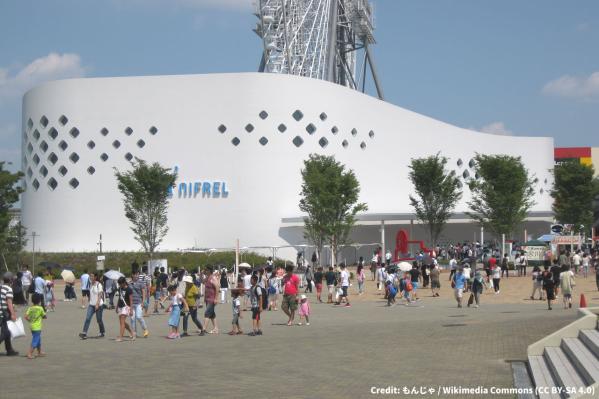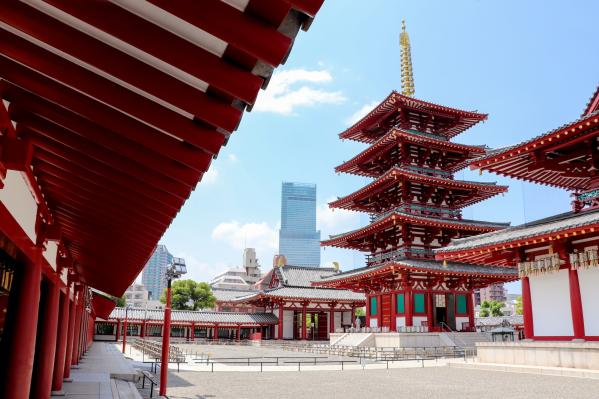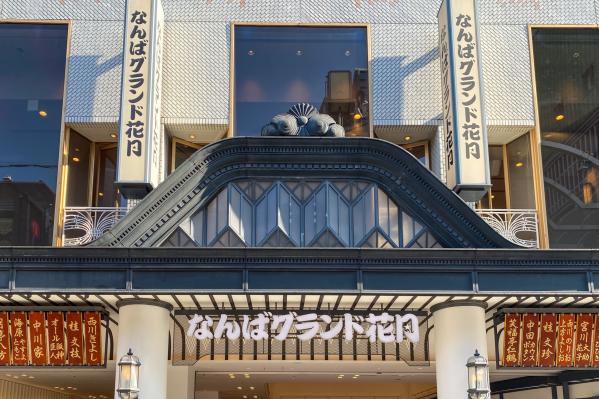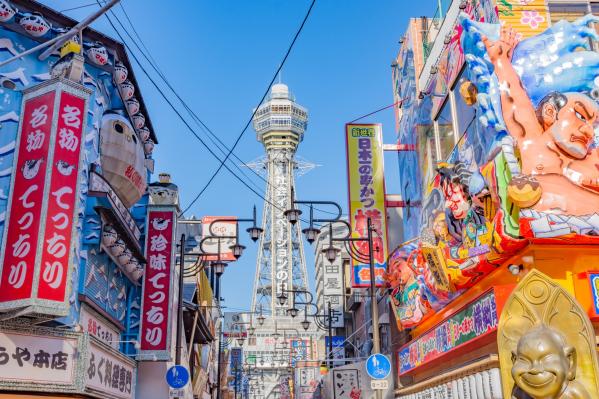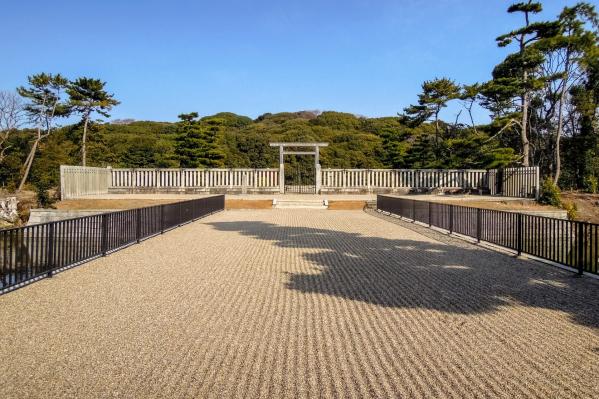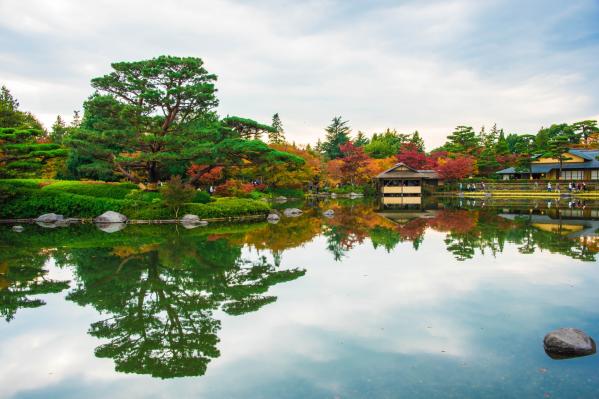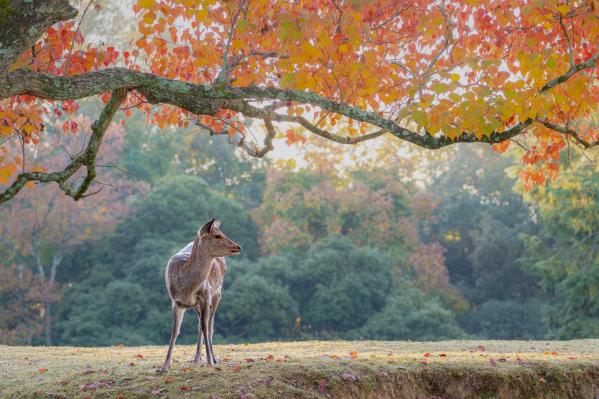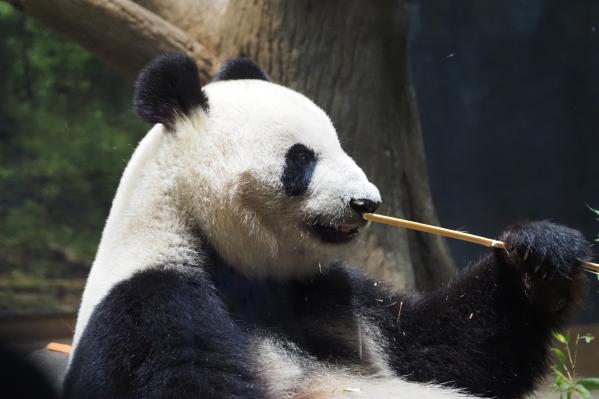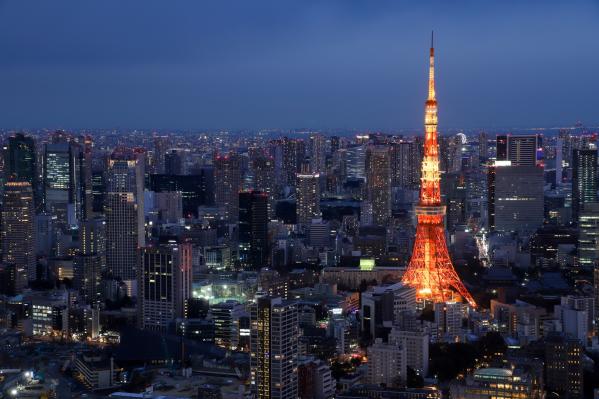Imamiya Ebisu Shrine
Basic Information
- Spot Name
- Imamiya Ebisu Shrine
- Location
- 〒 556-0003 1-6-10 Emibunishi, Naniwa Ward, Osaka City
- Access
- Nankai Koya Line: Get off at Imamiya Ebisu Station and immediately head east.
Osaka Metro Midosuji Line: From Exit 3 of Daikokucho Station, walk east for about 5 minutes.
Osaka Metro Sakaisuji Line: From Exit 5 of Ebisu-cho Station, walk west for about 5 minutes.
Hanshin Express: From Ebisu-cho Station, walk west for about 5 minutes.
JR: From Shin-Imamiya Station, walk north for about 10 minutes, or transfer to the Nankai Koya Line and get off at Imamiya Ebisu Station. - Parking
- Parking available.
- Business Hours
- 9:00 AM to 5:00 PM
- Regular Holiday
- Open year-round.
- Fees
- Free admission.
- Contact Information
- Phone Number:06-6643-0150
- Official Website
Map
Detailed Information
Imamiya Ebisu Shrine is a renowned shrine located in Ebisunishi, Naniwa Ward, Osaka, widely celebrated as the deity of prosperity in business, known as "Ebessan." It is believed to have been established around the year 600 during the reign of Empress Suiko, and it is said that it was originally enshrined as the western guardian deity when Prince Shotoku built Shitennoji Temple.
The main hall enshrines five deities: Amaterasu Omikami, Kotoshironushi no Mikoto (Ebisu), Susanoo no Mikoto, Tsukuyomi no Mikoto, and Wakahiru no Megami. In the precinct, the Okunomiya Shrine houses Okuninushi no Mikoto and the eight deities including five sons and three daughters, while the Inari Shrine enshrines Uga no Mitama no Kami.
The principal deity, Kotoshironushi no Mikoto, often depicted holding a fishing rod in his right hand and a sea bream in his left, was originally regarded as the guardian of fishing and has been worshipped as a god who brings blessings of the sea and prosperity. The area where the shrine stands was once by the seashore, and it is said that a market gathered various marine, agricultural, and wild products, where Ebisu was venerated as a guardian deity.
As time has progressed, Ebisu became a symbol of fortune and commercial prosperity, particularly revered by merchants in Osaka during the Edo period. It was during this time that the annual festival "Toka Ebisu" began to be celebrated grandly, where over one million visitors come to worship for three days: January 9th (Yoi Ebisu), January 10th (Hon Ebisu), and January 11th (Nokori Fuku). The lively festival is marked by chants of "Bring the bamboo for prosperous business," where lucky charms called "Kiccho" are tied to good fortune bamboos, wishing for blessings in the New Year.
Moreover, at Imamiya Ebisu Shrine, there is a custom called "Ura Mairi," where worshippers circle to the back of the hall after their initial visit and lightly tap a board to reinforce their wishes, reflecting a vibrant local belief culture still alive in Osaka.
Imamiya Ebisu Shrine continues to be deeply intertwined with Osaka’s commerce, gathering faith from many people from ancient times to the present. The heartfelt wish for prosperity in business and abundant blessings has been passed down through the ages.
Imamiya Ebisu Shrine Movies
Osaka Tourist Attractions
View ListUmeda Sky Building
The Umeda Sky Building is a 40-story skyscraper located in the Umeda area of Osaka, standing at 173 meters tall, and was completed in 1993. This building was designe...
Living Museum Nifure
Nifrel is an experiential museum produced by the Kaiyukan, with the concept of "touching the senses." It features a blend of an aquarium, zoo, and art museum, with e...
Shitenno-ji Temple
Shitennoji Temple is the first official temple of Japanese Buddhism, founded by Prince Shotoku in 593. This temple has been burnt down multiple times due to disaster...
Namba Grand Kagetsu
Namba Grand Kagetsu (NGK) is a theater often referred to as the hall of Japanese comedy culture. Operated by Yoshimoto Kogyo, this theater boasts the largest capacit...
Sumiyoshi Taisha Shrine
Sumiyoshi Taisha, affectionately known as "Sumiyossan," is the head shrine of over 2,300 Sumiyoshi shrines across the country, located in Osaka City, Osaka Prefectur...
Osaka Aquarium Kaiyukan
Kaiyukan is an aquarium that faithfully recreates the natural environment of the Pacific Ocean and its surrounding waters, the largest ocean in the world. It feature...
Osaka Tenmangu Shrine
Osaka Tenmangu Shrine, founded in 949, is dedicated to Sugawara no Michizane, the main deity, and is affectionately known as "Tenman no Tenjin-san." It is revered as...
